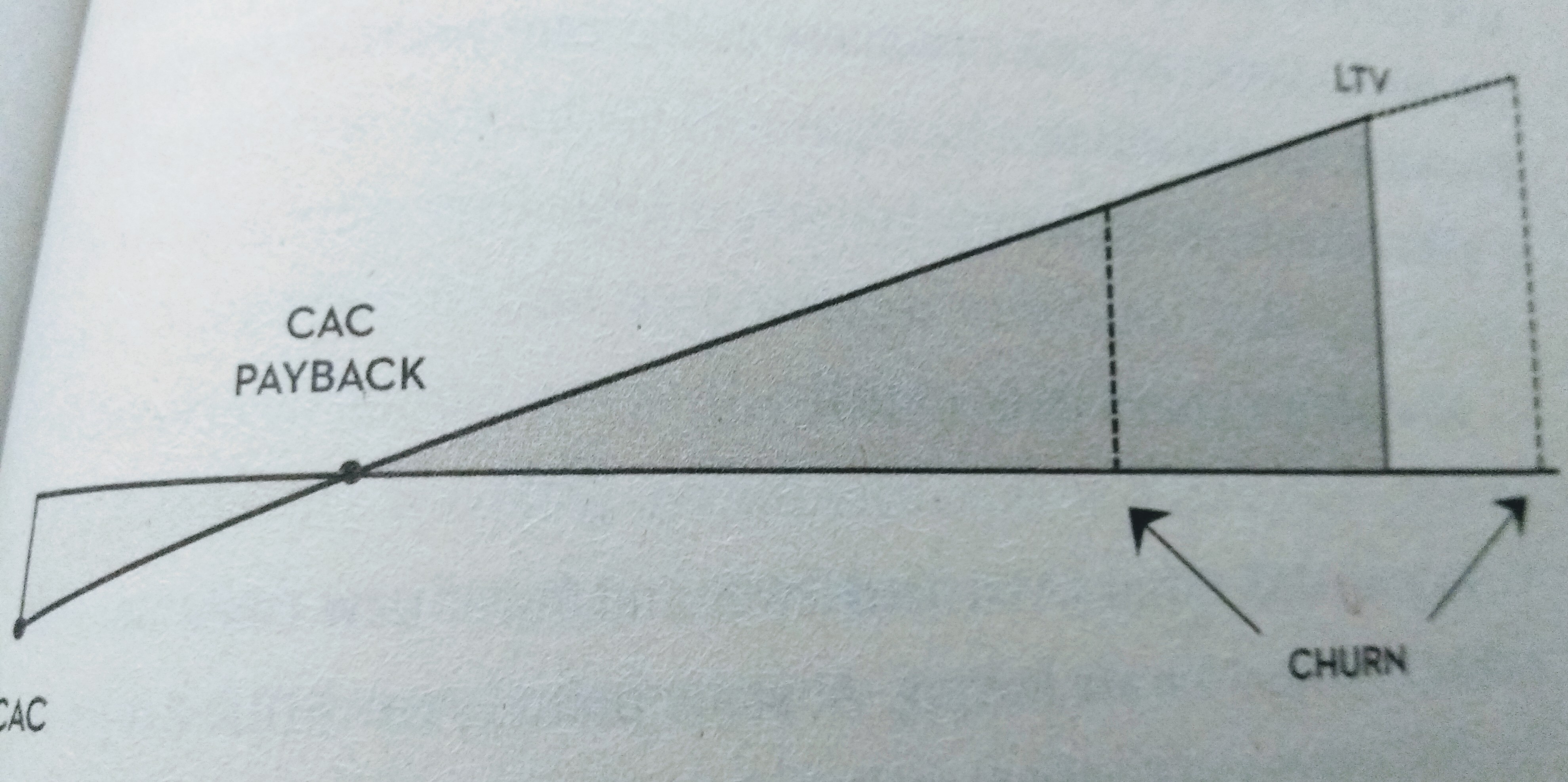The Automatic Customer by John Warrillow Part III
The why and the what is covered - onto the how.
The Automatic Customer
“The moment you switch to a subscription model your P&L will start to look ugly.”
P&L = Profit and Loss. The amount of money one makes after one pays expenses and the cost to make what is being sold. In subscription businesses, one’s renting access to a product or service over time.
“The foundation of your subscription business is built on your monthly recurring revenue (MRR).”
Membership Price / 12 = MRR rate
“The next number you need to understand is the lifetime value (LTV) of a subscriber.”
Number of months customer stays on x MRR = LTV
“The next data point you need to assess the health of your subscription business is your customer acquisition cost (CAC).”
Cost of sales and marketing / Number of subscribers acquired = CAC
Warrillow points out that the earliest subscribers are likely “love and guilt” ones - family and friends. Those need to be discounted to get a true CAC.
On sales channels, Warrillow explains varying options. The most interesting one (to me) is Self-Serve. With the example of Ancestry.com, self-serve is a sale strategy which uses no outbound salespeople, but instead relies on marketing copy and videos to explain their offering.
“[…] the CAC payback period measures how many months it takes you to make back the cost of acquiring a customer.”
Total Sales and Marketing Costs for a Month / New MRR added for the Month = Customer Acquisition Cost (CAC) Payback Period
This is used by venture capital forms to whet investment opportunities.
Next up, a short lesson on cash to grow. Warrillow shows three methods:
- Nonrecurring sources - taking profits from a traditional business reinvested into a subscription business.
- Outside money - if one’s LTV:CAC ratio is north of 3:1 at scale +large market, likely that investors are willing to give.
- Charge upfront - get paid before delivering the good/service (e.g. by charging per year instead of per month).
“Increasingly, our bar for opting into a subscription relationship is getting higher.”
Customer are starting to experience fatigue. They realized that they’re likely to forget to unsubscribe to recurring subscriptions. Warrillow shows 7 way to stave off the fatigue:
- 10 x vs. 10% - “A customer with an acute case of subscriotion fatigue is unlikely to subscribe just to save 10%, but she might be convinced to subscribe if you could make a case that she will enjoy 10 times the value of the alternative.”
- Appeal to Rationality - Essential when selling to other businesses.
- The Ultimatum - the service is only available as a subscription. Especially useful for existing one-shot customers from traditional businesses.
- Freemium - a free taste of what’s to come (continuously available).
- The Trial - Like a freemium, but with a start and end date.
- The Gift - bank on customers’ need to be nice to others.
- Fire! - To prevent subscription stagnation, create artificial FOMO (e.g. through “If you subscribe until X time, you will get your subscription for Y price! Limited time only!”)
One’s first sale is to one’s employees and partners. Warrillow’s knock-out argument is that working for a subscription company makes workloads more predictable.
“Churn is often ignored in the early days of subscription businesses because lost revenue from customers who leave is easily made up by new customers. But the larger the company becomes, the more corrosive effect churn has.”
Churn = the number of customers who cancel the subscription.
The higher the churn, the less LTV one can capture (as shown below):

“
A little bit of churn will always happen, and trying to winnow down your churn to zero is a futile battle.”
To lower churn, identify why people leave and how to improve the offering. The highest churn rate is for subscriptions that insert themselves into a customers’ daily life. To prevent them leaving, the subscription must become part of their routine.
Warrillow further explains the 90 day clock idea to lower churn: Once a customer is reeled in, one has 90 days to onboard them. To get the highest customer lifetime value, consider:
- expectation of high levels of interaction
- expectation to be asked for personal information
- open to new offers (“switch mode”)
- likely to defect
The biggest reason why people unsubscribe is lack of use. 90-day markers are useful tools to check if you changes has changed their behaviour. How-To: Provide a quick win to up motivation to learn more.
“[…] the more your customers pay up front, the more motivated they are to make the behavioral change needed to “get their money’s worth”.”
Charging upfront also lowers churn (unless one provides refunds).
Another interesting churn-lowering idea is to provide “happiness bombs”. Little unexpected treats for a/some customers. E.g. Barkbox providing extra treats for dog who lost playmate.
More conservative approaches: target larger businesses for more stability or go “evergreen”, meaning instead of opting in, a customer has to opt out. The evergreen method does not work for expensive subscriptions to large companies.
Finally, websites Warrillow recommends (and his own):
Warrillow’s Forbes Blog: Warrilow for Forbes
Warrillow’s Value Builder Site: Valuebuildersystem.com
David Skok’s Blog: Forentrepreneurs.com
Jason Cohen’s Blog: Smartbear.com
